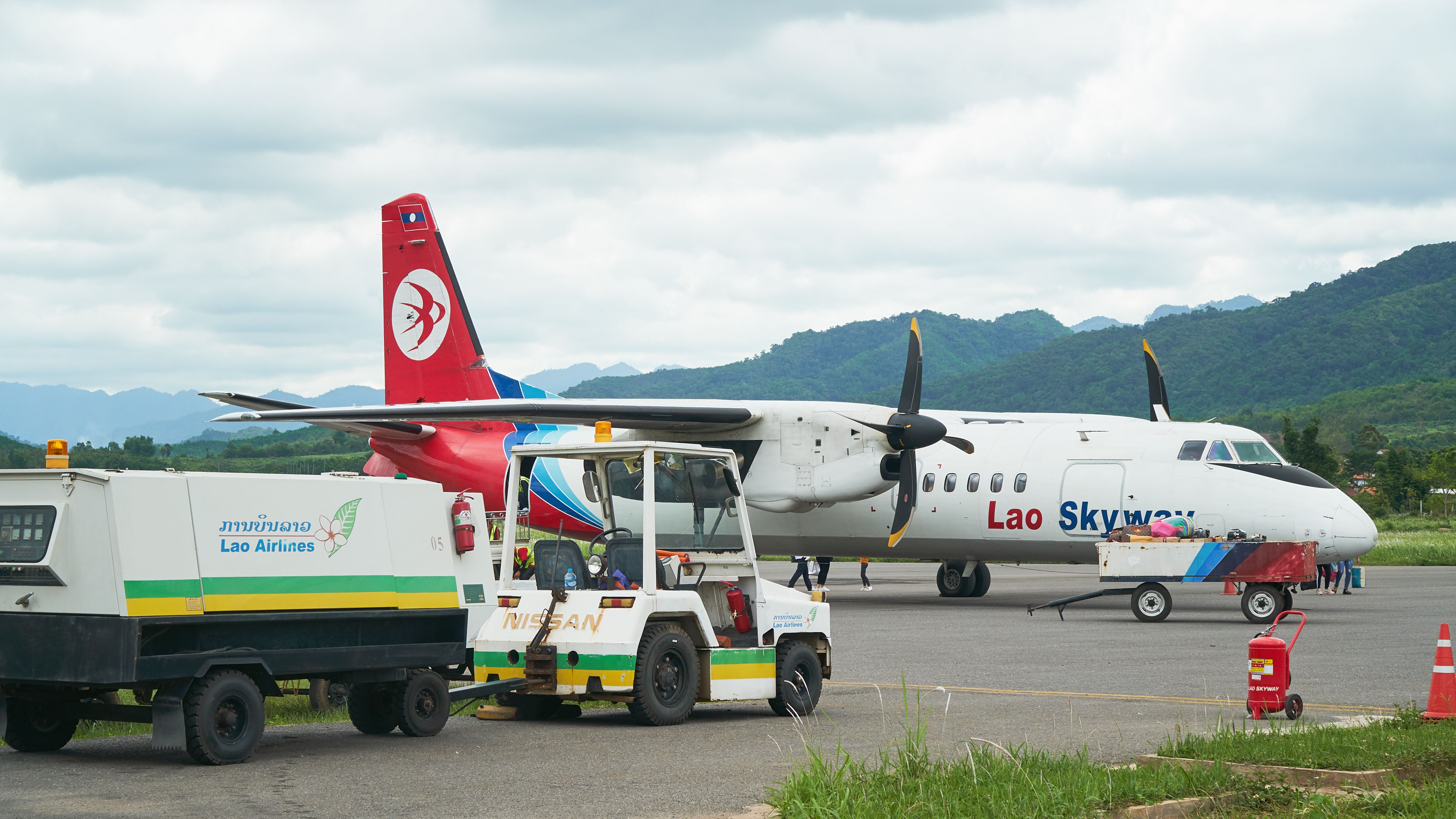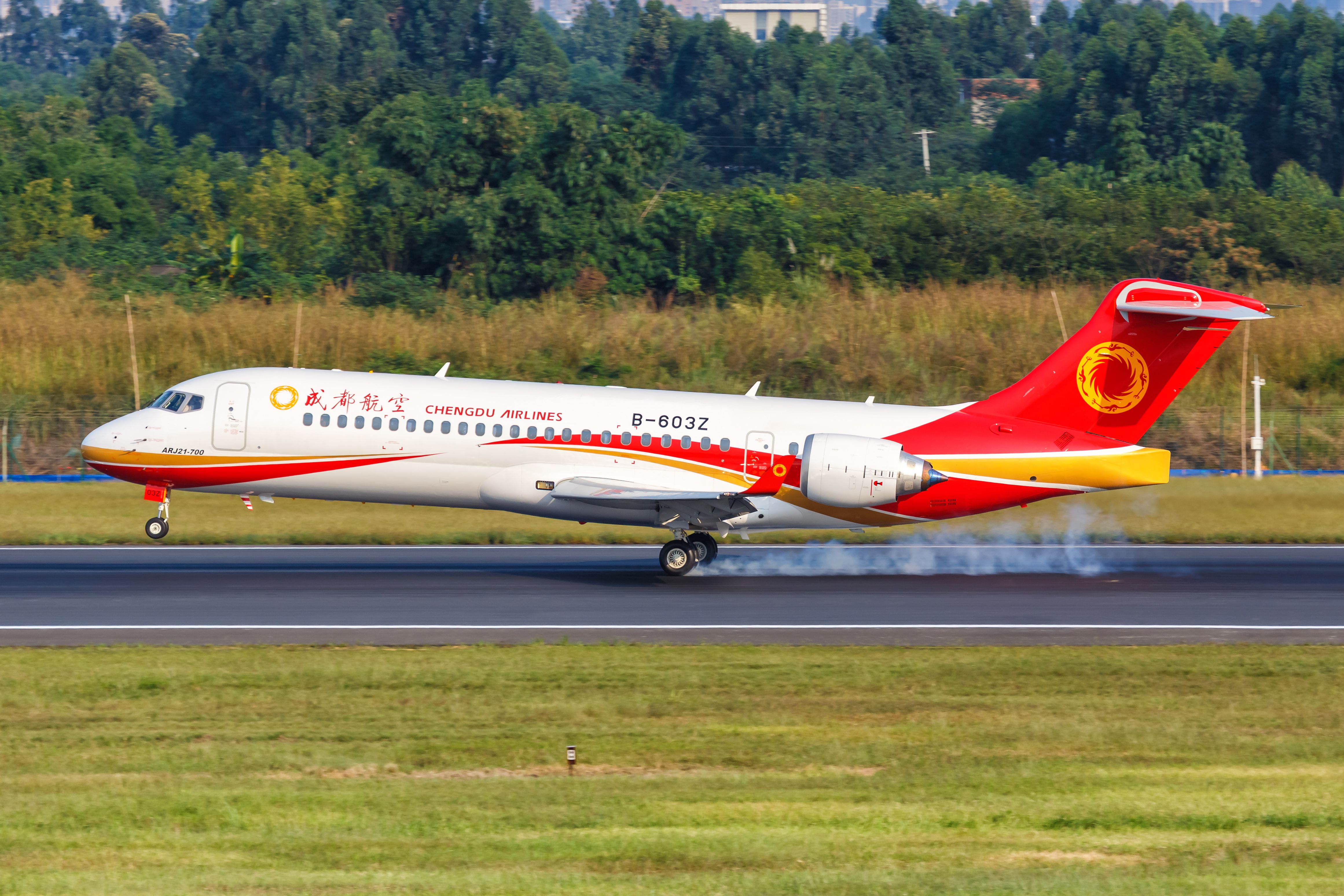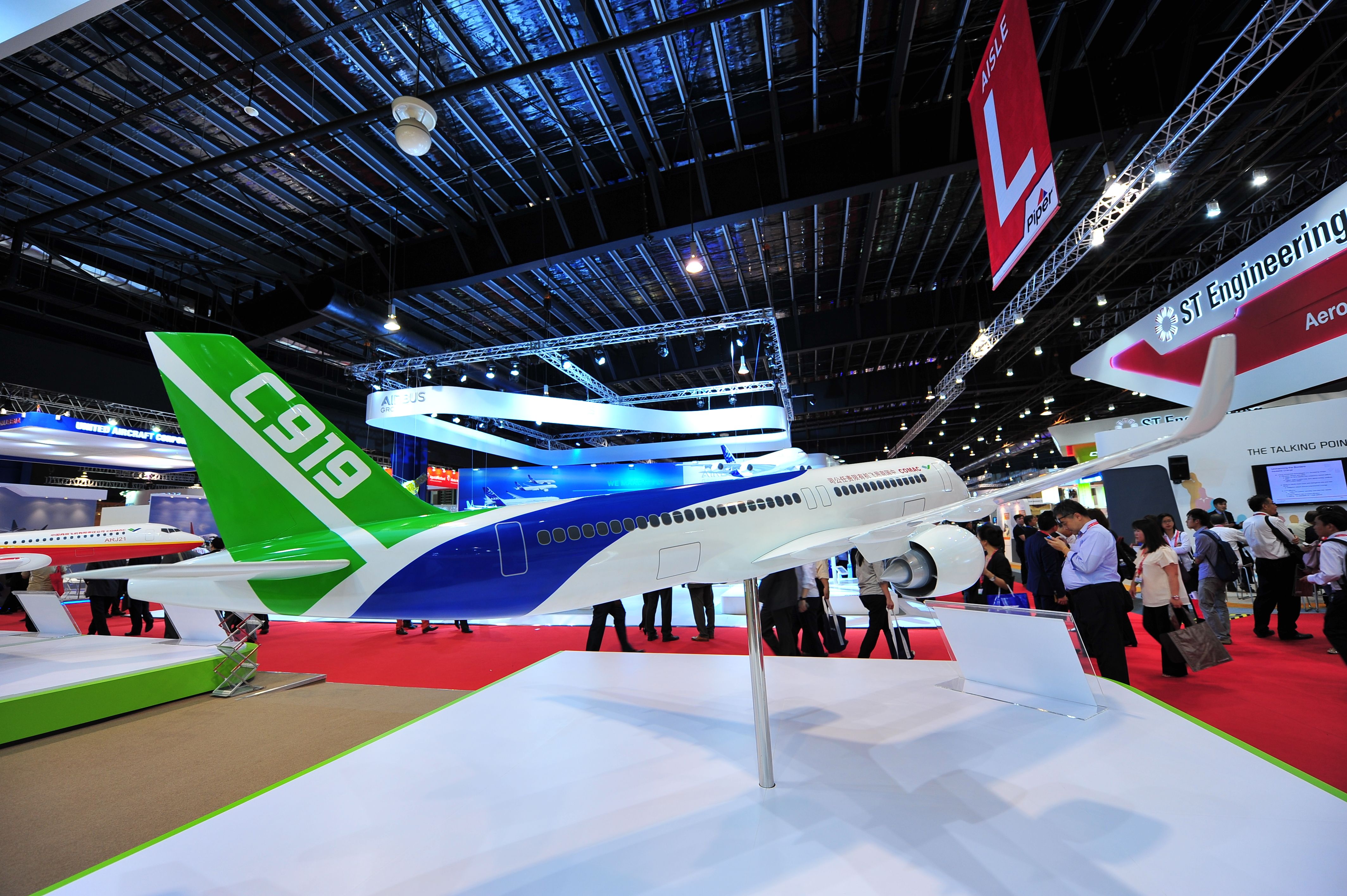Chinese aviation has picked up significantly in recent years with the launch of the regional ARJ21 jet in 2008 and the first flight and entry in service of the larger C919 just in 2022. This new aircraft (and the widebody CR929 under development) start to challenge Airbus and Boeing’s dominance in the market. But they are not the first commercial aircraft built in China.
China and the Beijing 1
The development of potential passenger aircraft in China began with a state-sponsored project under Premier Zhou Enlai in the 1950s. This saw the Beijing Aviation Institute (now part of Beihang University in Beijing, specializing in engineering and aeronautics) tasked to develop a new aircraft. This was to be a domestically designed passenger aircraft with 8-10 seats, and the project was intended to spur research and development in the country in these early days.
A prototype aircraft was built and flown in 1958, but little is known of its development. It used two Soviet-built Ivchenko engines. The Beijing 1 did not enter commercial service (with China operating foreign aircraft types only at that time), and the single prototype is preserved in the Beijing Aviation Museum.
The Shijiazhuang and Xian Aircraft Companies and Soviet aircraft
Commercial aircraft development was previously under the control of the AVIC Aircraft Company (part of the state-owned Aviation Industry Corporation of China). This larger company was also involved in military aircraft development, production and supply of parts to other countries, and work in the automotive industry. Chinese manufacturers that built aircraft were subsidiaries of this company.
The first such development (for passengers) was carried out by the Shijiazhuang Aircraft Manufacturing Company with the Y-5, starting in 1958. This was a copy of the Antonov An-2 single-engine bi-plane. It had a capacity of up to 12 passengers and was used mostly with the military (and in non-passenger use for cargo and agricultural use). The An-2 was a very successful aircraft for Antonov - a robust design with good short take-off and landing performance. This likewise made it right for China at the time.
The first company to start larger aircraft production was the Xian Aircraft Industrial Corporation. It was already developing aircraft based mainly on Tupolev and Antonov aircraft, but primarily intended for military use.
The first larger passenger airliner developed was the Xian Y-7, which was based on the Antonov An-26. This was a twin turboprop capable of carrying up to 52 passengers. It first flew in 1984, and just over 100 aircraft were built. Many of these were for military use, but the Y-7 has also seen service with Chinese airlines.
The Xian MA-60
The work of the Xian Aircraft Industrial Corporation reached a peak with the Xian MA-60 – arguably China’s first highly successful domestic development. This was further developed from Y-7 (and thus the Antonov An-26) into a larger 60-seat twin turboprop aircraft design for airline use.
The aircraft was certified by the Chinese regulator in June 2000, and it entered service with China’s Sichuan Airlines the same year. According to data from ch-avaition.com, 120 MA-60 aircraft have been built. Of these, 64 remain in service as of February 2023, including with the Chinese and other militaries, and with Chinese airline Joy Air and Vientiane-based Lao Skyway. Simple Flying took a look in more detail at this aircraft in use in early 2022.
Shaanxi Aircraft Industrial Group
The Shaanxi Aircraft Industrial Group is another subsidiary of AVIC that also took on commercial aircraft development. It developed a series of aircraft based on Antonov designs. Note that there are also several other AVIC subsidiaries that have produced aircraft – these are mostly military bombers and fighter aircraft, and we won’t discuss these in this review.
This company produced the Y-8, based on the Antonov An-12. This is a larger aircraft than the Y-7, with four turboprop engines and a passenger capacity of up to 90 passengers. The Y-8 first flew in 1981 and remains in production (unlike the Antonov An-12). It has only been used for military transport; it has not seen airline service. Reports suggest that over 100 aircraft have been delivered.
The Shaanxi Aircraft Industrial Group has also produced the Y-9 as a stretched version of the Y-8, taking passenger capacity up to 106. Again this has only seen military transport use.
The Shanghai Y-10
As well as the domestic development of passenger aircraft for military and airline use, there have been some interesting prototypes and experimental development. The one that stands out the most is the Y-10, developed by the Shanghai Aircraft Research Institute.
This was a four-engine narrowbody aircraft very similar to the Boeing 707.
The Y-10 actually more closely matched the shorter Boeing 720 in capacity and airframe size, but the Boeing 707 in range. Development was undertaken in the 1970s, at a time when China was keen to demonstrate its growing abilities in many areas, including aviation. They were Chinese-built but used Pratt & Whitney JT3D engines, with the first aircraft flying in late 1980.
Three Y-10 aircraft were built, and extensive ground and some flight testing were carried out, but the aircraft never entered into airline service. It was intended for the Chinese airline CAAC, and the reasons this never happened are not clear. The airline continued making use of Western-built aircraft instead. Simple Flying looks at the Y-10 story in more detail in another article.
Developing the ARJ21, C919, and CR929
The next step for China was the switch from licensed development of other aircraft to designing and building its own. This has taken place under COMAC, with the first aircraft development, the regional jet ARJ21, first flying in 2008. So far, at least 100 ARJ21 aircraft have been delivered, with more on order (COMAC claims 670 passenger aircraft on order). So far, they fly mainly with Chinese airlines, but COMAC made its first international sale in 2022.
The COMAC C919 and CR929 promise even more, with their potential to take on Boeing and Airbus’ narrowbody and widebody dominance. The several regional (first licensed and later own built) aircraft were important domestic developments but did not have this potential. The C919 entered service in 2022, with at least 300 orders now in place.
The widebody CR929 is being developed jointly with Russian manufacturer UAC. Its progress in the design phase is not clear, with Russia recently wanting to change plans to cut out western-built components. Its original estimate to fly in 2025 was ambitious, but if they can get it right, this will be a big development.
This has been a short overview of the long history of aircraft development in China. Feel free to discuss the projects and aircraft raised here, or others you know about, in the comments section.








